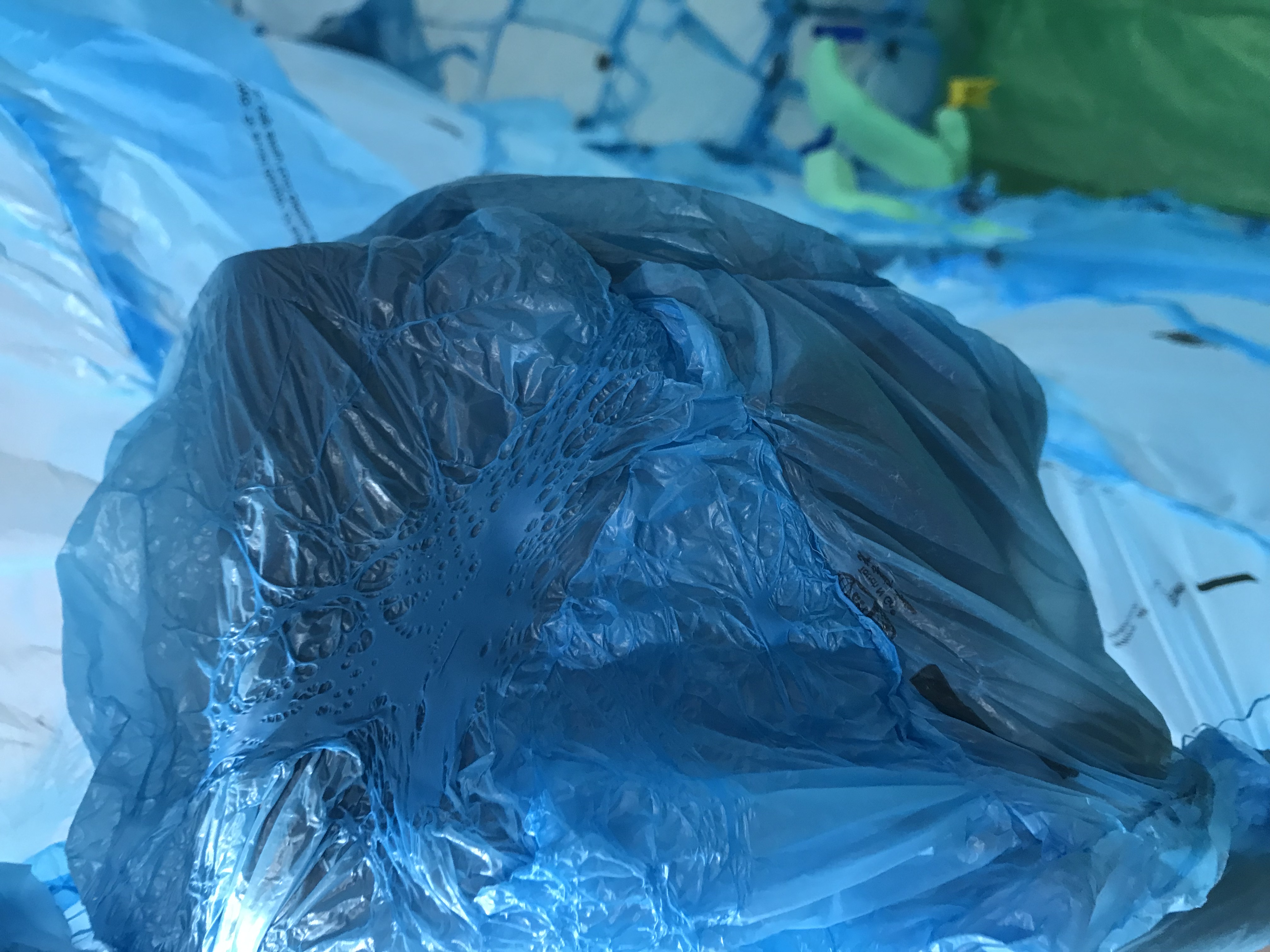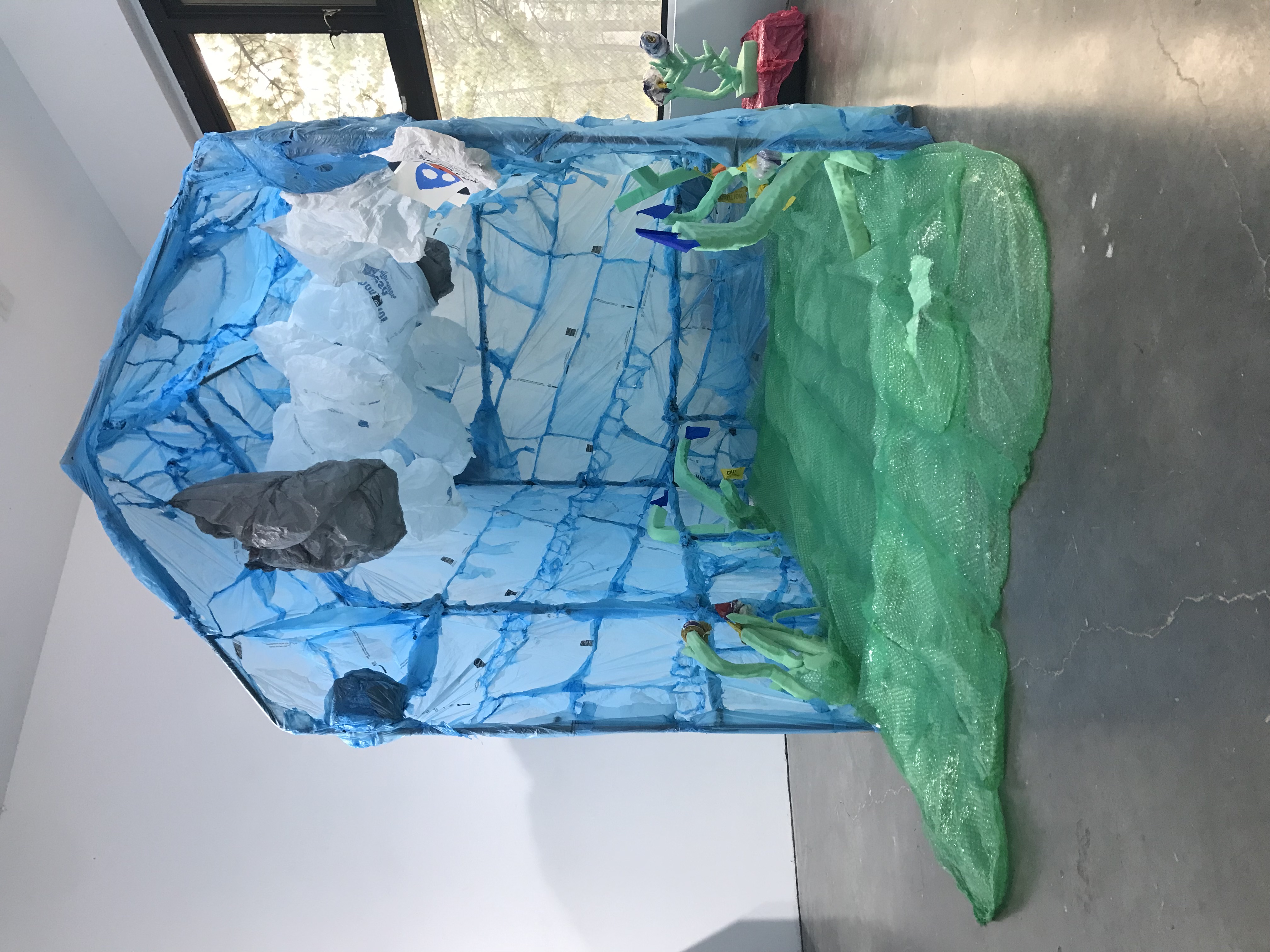welcome to the obsolescene
A WRITTEN THESIS
AND EXHIBITION SERIES
UNIVERSITY OF NEVADA, RENO
AT LAKE TAHOE
by ERIN M CROSS
2022
12:22 pm
July 16, 1996
Fifty-one years to the day after the Trinity Test, the first nuclear bomb test in New Mexico, I was born at Georgetown Hospital in Washington, D.C.
It is argued that the Trinity Test began what is colloquially known as the Anthropocene, the period during which human activity became the dominant influence on climate and the environment. Its legitimacy as an epoch is not supported by geologists, but artists and theorists alike have adopted the term to describe our era. Their argument is that the geologic impact of the nuclear explosions since that date have combined with everything from fossil-fuel-based plastics and discarded chicken bones to create an irreversible layer on the Earth’s surface, one that will be perceivable for the rest of geologic time.
This notion is furthered by Peter Haff’s concept of the “technosphere,” used to describe the part of the environment that is made or modified by humans for their use. Haff’s colleague Jan Zalasiewicz coined the term technofossil to describe the objects that will survive, which range in scale from ”urban conglomerations” to “nano-artifacts.” In spite of the fact that these objects will outlive us, and are made for us to consume during our lifespan, what can a human being do to mitigate their lasting effects in their lifespan? The human lifespan is something controlled by biological time, rather than the geologic time of these materials. It has not been 100 years since plastic’s acceptance as disposable and many environments are now littered with plastic waste.

1:34 pm
November 2, 2021
I ran into a neighbor from my childhood, whose daughter I grew up with. I expressed sympathy for his father’s passing, and he told me he was glad his father died before “all this COVID nonsense,” going on to insinuate that the precautions being taken by much of our population were absurd.
He remembers I am immunocompromised, right? He must remember how I would climb the holly tree in his yard, each prick delivering intense itching. He must remember that I could run only about fifty feet before collapsing into an asthma attack. He must remember how allergic I was to his two cats, never being able to stay the night at their house, requiring that he had Benadryl in his cabinet for me, though we lived just across the street. I have, since childhood, been on biologic injections, countless allergy injections, experimental injections, daily steroid inhalers, and prednisone at least four times yearly, significantly worsening my immune system’s ability to fight anything in my surroundings, much less this virus.
Since I was diagnosed with severe asthma, exacerbated by over 70 proven allergies, at age two, I estimate I have created at least five times my current body weight in medication container waste. At this rate, by the time I am 75 years old, I will have created around two tons of waste in medications alone. I became aware of this footprint early, but not as early as I became aware of my inability to enjoy my surroundings freely. I enjoyed being outdoors as a child, but I was allergic to every tree, leaf, grass blade, pollen, and sap droplet. Every night of my childhood, I did a nebulizer treatment, medicine delivered to my lungs through plastic tubes. Sometimes drinking water wrong could lead to a two-week bout of bronchitis, requiring steroid intervention. As a six-year-old on prednisone, who didn’t understand its psychological effects, I tried to jump out of our moving car on the way home from school one day. In first grade, I would stick needles into my feet while talking to my best friend on the corded house phone. I would have terrible nightmares.
Prednisone comes in a high-density, polyurethane bottle. I used to take it up to five times a year. The frequency, necessitated by my poorly controlled asthma, alarmed my doctors, as excessive use can lead to diabetes—something I am already genetically predisposed to through my mother and her mother. My pulmonologist prescribed me Omalizumab, a thick, refrigerated, bi-weekly shot I took for four years. It came in a plastic and metal syringe. I could feel the cold, syrupy substance enter my arm, my nurse’s hands struggling against the viscous substance, forcing the plunger down. It was supposed to only be given for two years. When they realized, they told me it would increase my chances of leukemia, which my father’s father had just succumbed to. I was sixteen, and had spent every other Friday afternoon in the office for two to three hours with my two younger siblings and father, to ensure I would not have an anaphylactic reaction to the drug. Just recently, in 2022, I went one full year without prednisone, relieved by daily steroid inhalers and a new biologic shot I gave myself on the first of every month. This just describes my asthma-specific medications, not including birth control, over-the-counter medications, and prescriptions for other conditions.
These plastic materials are ubiquitous in daily life, an entry point for the non-art world viewer; anyone would recognize them and know their presence in our lives. It is imperative that my installations are accessible to people outside of the art world, because often those who would benefit most from the work do not feel welcome in art spaces like galleries and museums. I often take my work outdoors and to public sites, leading to fruitful discussions with folks who might not enter a gallery space. The act of making art and the act of feeling an emotional response from viewing art are similar, and I want to open up the ability to design new futures to my viewers. I hope they can have a creative experience without necessarily being aware of it. How can other people rethink what they have? “Art exists beyond what it is made of, more than the sum of its parts,” argues Timothy Morton. The plastic items I use in my works are exploding with meaning, with histories, with implications, with materiality.
 Plastic is full of metaphor, with its cheapness, “durability,” hydrophobia, and malleability outweighing the obvious needs of our planet, biodegradability and sustainability. Chemical additives are applied in the making of HDPE to improve resistance to degradation by ozone, temperature, light, bacteria, humidity. In making indestructible materials common, we have created a landfillocene.
Plastic is full of metaphor, with its cheapness, “durability,” hydrophobia, and malleability outweighing the obvious needs of our planet, biodegradability and sustainability. Chemical additives are applied in the making of HDPE to improve resistance to degradation by ozone, temperature, light, bacteria, humidity. In making indestructible materials common, we have created a landfillocene.My use of disposable grocery bags in my 2021 immersive installation highlights American waste addiction as a block in our foundation. Growing food for ourselves and to feed the animals we eat accounts for 24% of global carbon emissions. I create my plastic sculptures quickly and without structured parts or plans, mimicking the systems which have allowed this material to become ubiquitous. The material is valuable to me for the same reasons it is valuable to capitalism--lightweight, shippable, shrinkable. Commandable.
The installation engaged electricity (another 25% of our carbon emissions) to play sound in the gallery. As the viewer moved through the space, the sound of their interaction with the plastics completed a soundscape. The audio consisted of recordings of interactions with styrofoam and other synthetic materials combined with a wave noise machine. The audio was an imagining of a post-human future in which only the most adapted animals survive--bugs and birds that have absorbed our waste and adapted to a hotter Earth.
This installation was inspired by the format of a child’s early landscape drawing: a sun in the top corner, a blue sky, clouds, and flowers. I teach art at various retirement homes, where a similar style of illustration occurs later in life as well. I find our Cartesian impulse towards understanding and experiencing nature is reflected in this phenomenon of simplifying landscape.
To protect ourselves with synthetic shelter, we sacrifice our environment. We exchange biodiversity and health in favor of technicolor, built environments. In my installation, the viewer was invited to lay down on a lush field of green bubble wrap “grass,” surrounded by foam “flowers” made of found stake flags, and watch the plastic bag “clouds” dance across the blue plastic “sky.”

In the moment of cloudwatching, creativity becomes accessible to non-artists. My installation primed the viewer to enter the space of creativity and begin dreaming of a new kind of future: inventiving, rethinking, repurposing. The act of being creative when making art is similar to the act of looking at art and letting it affect you. This practice, Timothy Morton argues, makes us better at relating to other living and non-living things—a window into centering anything other than ourselves. The cloud metaphor is a welcoming invitation to a creative space, one we all have access to. Ironically, the majority of my inspiring interactions with clouds are when I am in a grocery store parking lot, on a four-lane highway, or in an airplane. Marc Auge, a French anthropologist, has a term for this kind of place, a non-place.
Auge also introduces the idea that “supermodernity produces non-places, meaning spaces which are not themselves anthropological places and which[...] do not integrate the earlier places.” Most places can be interchanged at the point in globalization at which we’ve arrived. “The real non-places of supermodernity—the ones we inhabit when we are driving down the motorway, wandering through the supermarket or sitting in an airport lounge[...] have the peculiarity that they are defined partly by the words and texts they offer us: their 'instructions for use', which may be prescriptive, [...] prohibitive[...] or informative. This establishes the [...] conditions of spaces in which individuals are supposed to interact only with texts, whose proponents are not individuals but 'moral entities' or institutions.”

Investigating such instructional text is an important process in the creation of my work—legal warnings are almost uncanny, so indicative of our culture. Imagine a future person looking at these social contracts and enforcements, expecting others to understand and obey. Who knows if they will understand the cautionary language, the warnings.
